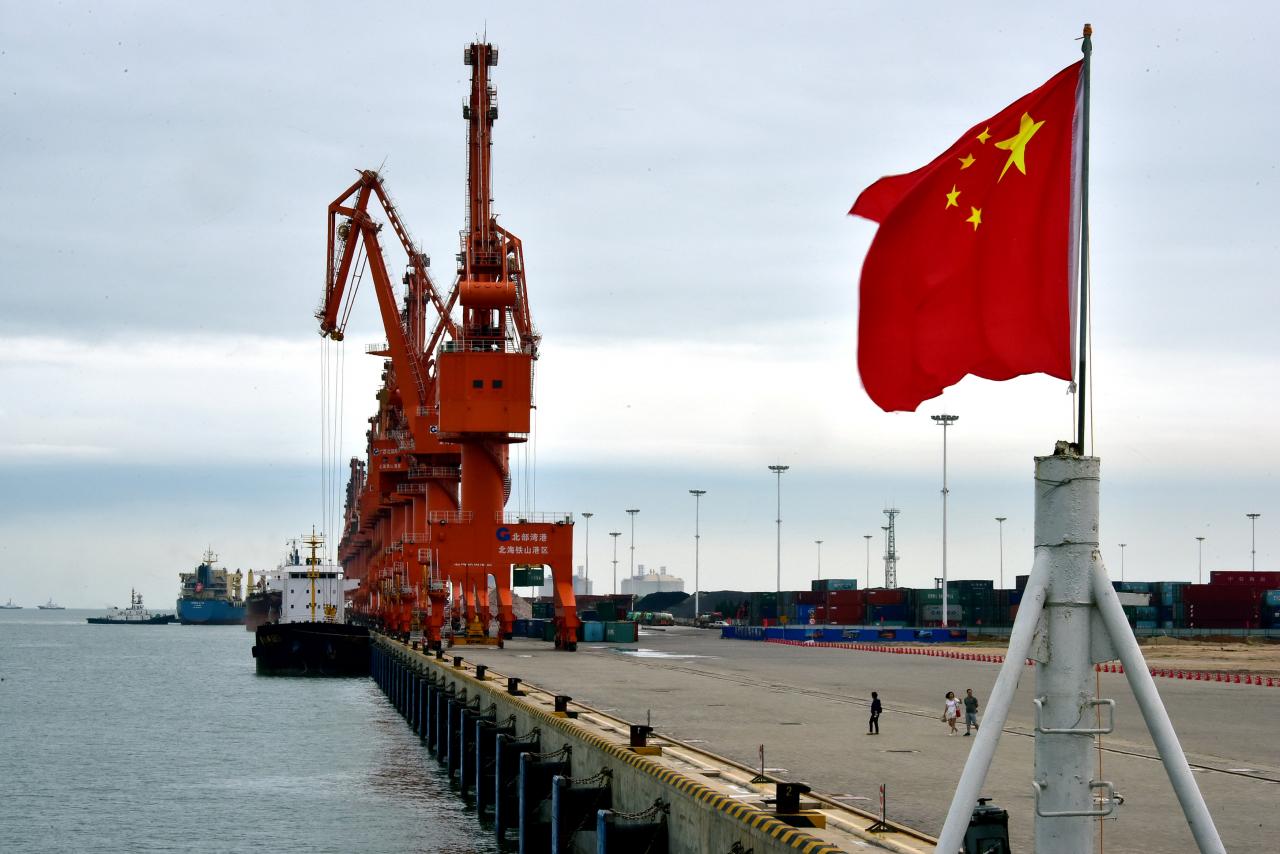
(Reuters)
At the 19th Communist Party Congress, Chinese President Xi Jinping signaled a move away from the longstanding tradition of setting annual GDP growth targets for the Chinese economy. More than anything, this shift reflects a necessary recognition of China’s transition away from the ultra-rapid growth rates of the previous three decades. However, this policy change may also signal a desire to minimize perverse incentives for local party officials to distort economic data and engage in unsustainable practices to bring themselves in line with central government targets. Alone, we should not expect the end of Chinese growth targets to have major impacts on world markets. Rather, we should understand this change as one symptom of the general global slowdown in economic growth.
From the Deng era up until the 2008 crisis, Chinese GDP growth averaged around 10 percent yearly. Central government growth targets reflected this fact, even if non-Chinese economists often doubted their accuracy. But no country can indefinitely double the size of its economy every ten years. Since the 2008 crisis, Chinese economic growth has gradually declined to its present rate of around 6.5 percent per year. Such a slowdown in Chinese growth was essentially inevitable. As wealth accumulates in any country, growth tends to slow due to the saturation of outlets for investment.
But China was only one such example amidst a general global slowdown in economic growth. GDP growth in the United States, Europe, and Japan seems to have permanently slowed in the post-crisis environment, with developing countries accounting for the majority of global growth since 2008. With the global economy still sluggish relative to the 1990s and 2000s, oversaturated markets for industrial goods, and falling commodity prices, it would be almost completely illogical to expect the Chinese economy to continue growing at its previously remarkable rates. If China were to manufacture more steel, for instance, who would buy it? China is already trying to export some of its manufacturing capacity to deal with chronic overproduction.
Moving away from hard growth targets seems to be a rational recognition of this fact, but it may also have implications on the relationship between the central government and local party officials. In China, local party officials have long maintained great influence over economic development in the areas they govern. Their ability to meet central government growth targets heavily influenced their chances of promotion within the party. This incentivized local officials to often pursue otherwise-useless development projects to boost growth figures, such as the infamous $11.4 million 15-story sculpture of a pufferfish in Jiangsu province. Local governments have also taken on worryingly-large debt burdens to finance such projects, one of the major sources of instability in the contemporary Chinese economy.
Alongside private greed, growth targets may also have been behind the rise of sometimes-illegal state land grabs carried out by local officials in favor of development projects. These land acquisitions are a major source of tension between the ruling party and China’s rural population, and are probably the largest single cause of rural protests, including the globally-reported Wukan protests of 2011 and 2016. Mitigating these sources of social tension seems to be a major concern for Xi and his allies in the party, and may be a secondary reason for abandoning unsustainable growth targets.
Additionally, local officials have historically been incentivized to distort economic data coming out of their provinces. The central government has thus had its own efforts hampered by a lack of accurate data about the country it is supposed to be running. Much as seems to be the case with the ongoing anti-corruption campaign in the Chinese military, Xi may be seeking to strengthen the central government’s control over local officials and render a corrupt bureaucracy more effective.
Altogether, the end of central government growth targets is more a recognition of a new normal than a radical change in economic policy. China cannot continue to grow its GDP at double digit yearly rates, and attempting to continue to do so would only destabilize the Chinese economy. Investors have been aware for years now that Chinese growth will continue on a gradual downward trend. As such, this policy change should not have dramatic effect on global markets.
However, it remains to be seen whether the end of growth targets is one part of a larger shift away from economic stimulus efforts by the Chinese government. Since 2008, Chinese state deficit spending has been one of the major engines of demand in the global economy. If the end of growth targets foretells a reduction of both national and local Chinese deficit spending, this crucial support may be removed. With the U.S. Federal Reserve beginning to wind down its quantitative easing program and no other country poised to fill in the demand shortfall, such a transition may spell trouble for the global economy.


